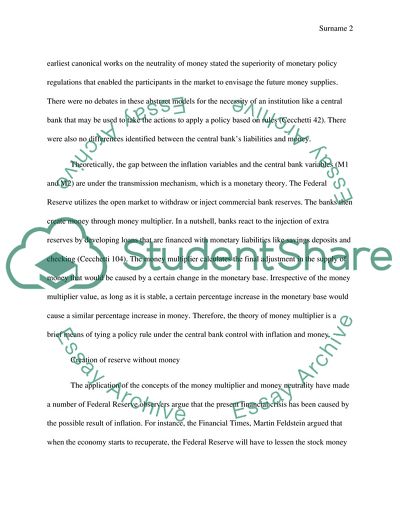Cite this document
(Money, Banking, and Financial Markets Essay Example | Topics and Well Written Essays - 2250 words - 1, n.d.)
Money, Banking, and Financial Markets Essay Example | Topics and Well Written Essays - 2250 words - 1. https://studentshare.org/finance-accounting/1802917-money-banking-and-financial-markets
Money, Banking, and Financial Markets Essay Example | Topics and Well Written Essays - 2250 words - 1. https://studentshare.org/finance-accounting/1802917-money-banking-and-financial-markets
(Money, Banking, and Financial Markets Essay Example | Topics and Well Written Essays - 2250 Words - 1)
Money, Banking, and Financial Markets Essay Example | Topics and Well Written Essays - 2250 Words - 1. https://studentshare.org/finance-accounting/1802917-money-banking-and-financial-markets.
Money, Banking, and Financial Markets Essay Example | Topics and Well Written Essays - 2250 Words - 1. https://studentshare.org/finance-accounting/1802917-money-banking-and-financial-markets.
“Money, Banking, and Financial Markets Essay Example | Topics and Well Written Essays - 2250 Words - 1”. https://studentshare.org/finance-accounting/1802917-money-banking-and-financial-markets.


